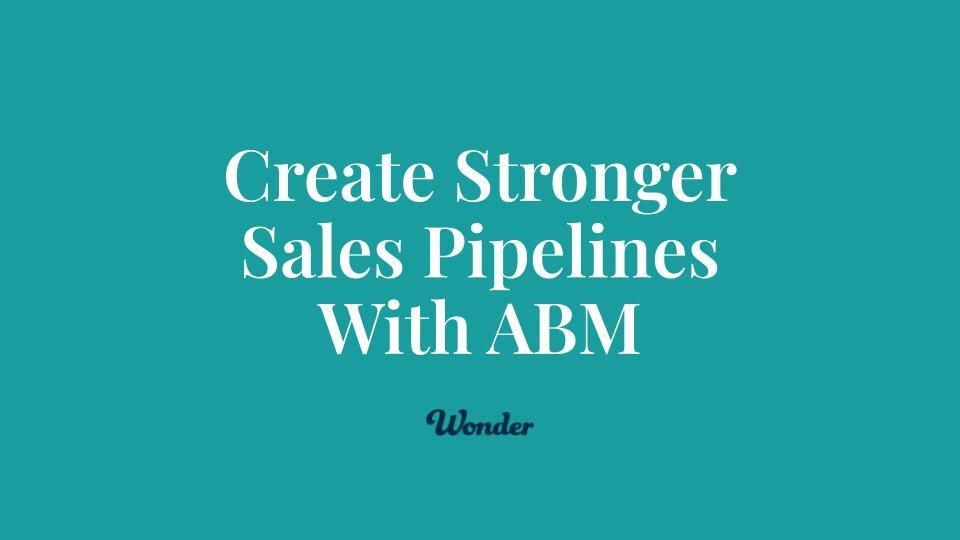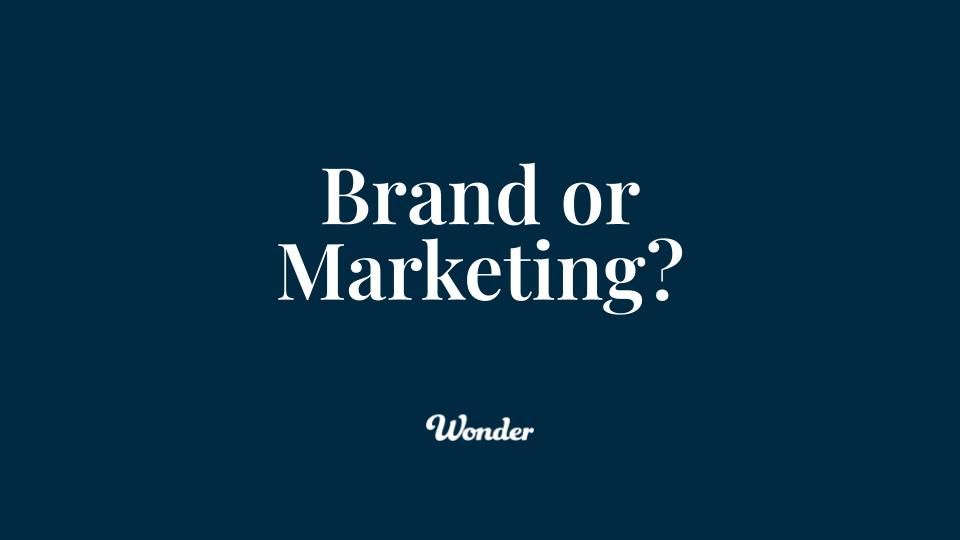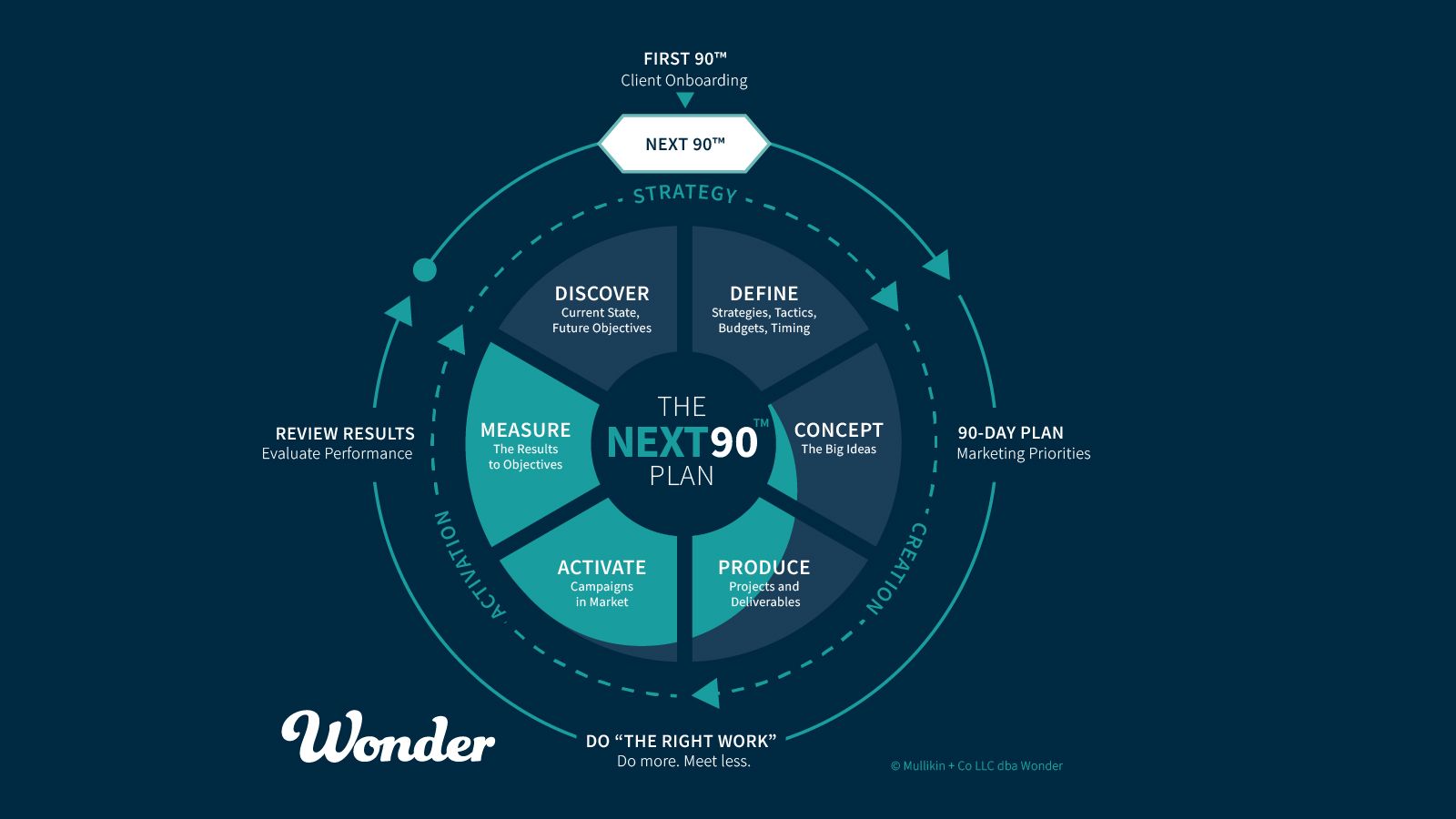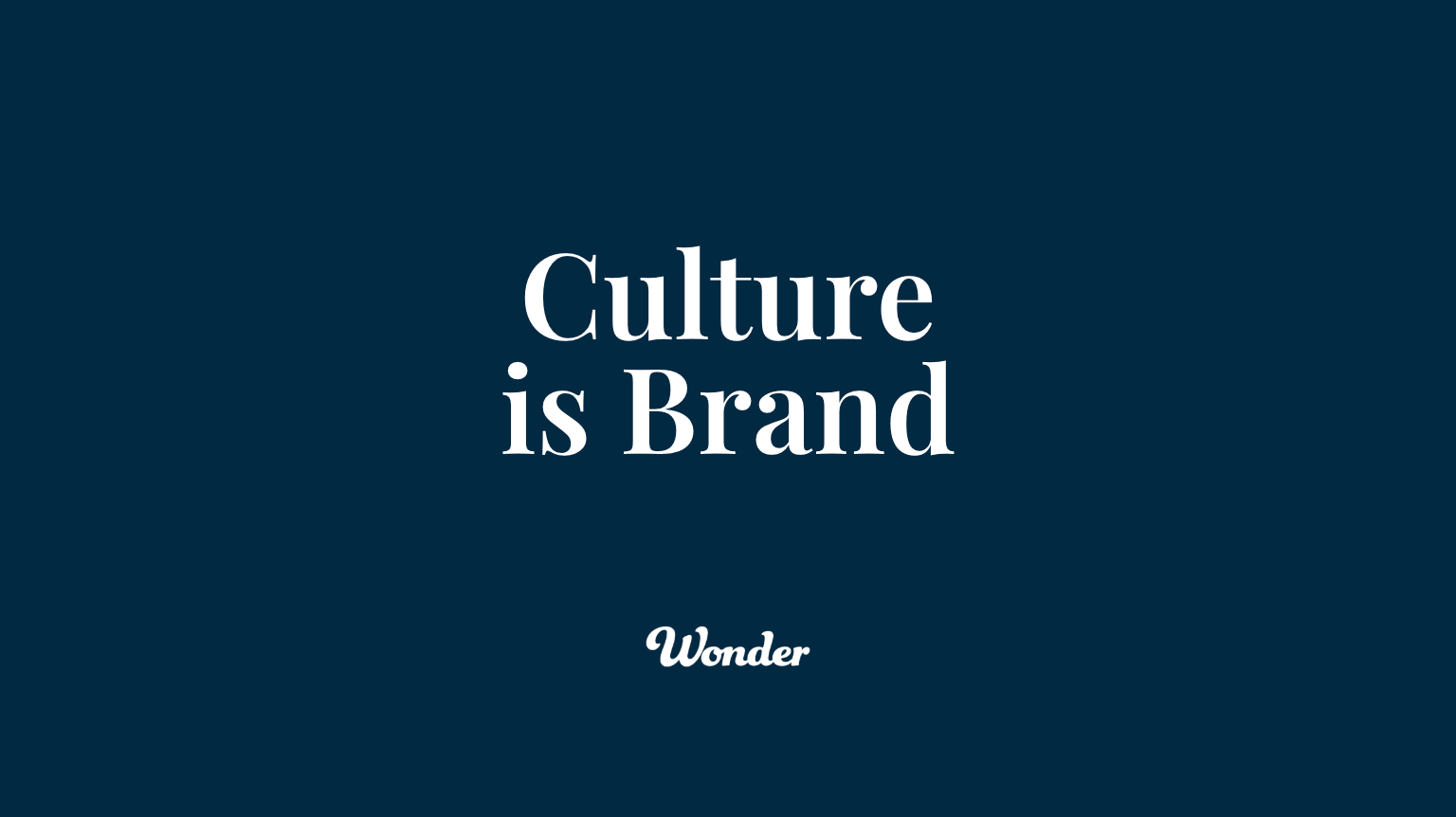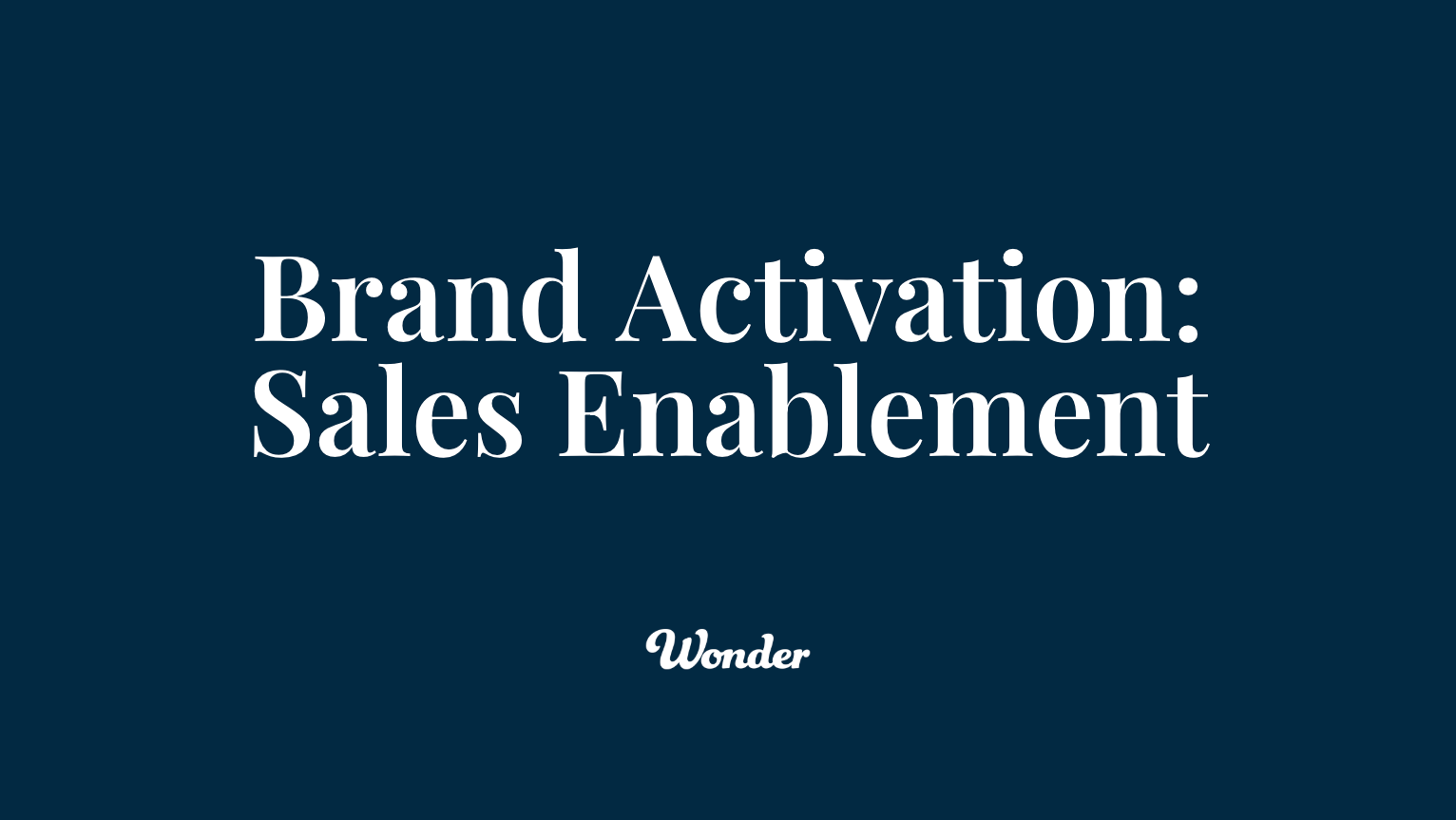
Activating your brand externally is a powerful way to drive growth, create loyalty, and amplify your impact. But where do you start? While many focus first on top-of-funnel activities like advertising or social media, we believe the most effective way to begin external activation is at the bottom of the funnel—with sales enablement.
Why? Because sales is where your brand promise becomes tangible. It’s the moment your prospects decide whether or not to trust you with their business. Starting with sales enablement ensures your messaging is clear, consistent, and aligned with your brand at the most critical point in the customer journey.
Here’s why sales enablement should be the foundation of your external brand activation—and how to do it effectively.
Why Start with Sales Enablement?
- The Bottom of the Funnel is Where Decisions Happen
At the bottom of the funnel, prospects are no longer browsing—they’re deciding. This is where the rubber meets the road, and your brand has to deliver. By starting here, you ensure that your team is equipped to close deals and generate revenue quicker. - Sales Interactions Define Your Brand
Your sales team isn’t just selling a product or service—they’re representing your brand. Every conversation, presentation, and follow-up email shapes how prospects perceive your company. Without consistent, compelling messaging, even the best brand strategy can fall flat. - Improves ROI Across the Funnel
Sales enablement doesn’t just help close deals—it makes your entire funnel more effective. When your sales team is armed with the right tools and messaging, they convert more leads into customers, maximizing the ROI of your marketing efforts. - Drives Alignment Between Marketing and Sales
Starting with sales enablement forces alignment between marketing and sales teams. It ensures both teams are speaking the same language and working toward shared goals, creating a seamless experience for prospects.
What Great Sales Enablement Looks Like
Sales enablement is about giving your team the tools, resources, and support they need to sell effectively while staying true to your brand. Here’s how we approach it:
- Develop a Unified Brand Story
Your sales team needs a clear, compelling story that aligns with your brand and resonates with your target audience. This includes:
- An understanding of your Brand Platform
- Strong value propositions for each target market.
- Messaging that highlights the customer’s pain points and how your solution solves them.
- Stories or case studies that bring your brand to life.
- Deliver a Pitch Book
The first and most critical sales enablement tool is your Pitch Book: the 8–12 most important slides that train your sales team and serve as the foundation for presentations to prospects and customers. A well-crafted Pitch Book ensures that every member of your sales team delivers a consistent, powerful message that aligns with your brand. It typically includes:
- The problem you solve and why it matters.
- Your unique brand pillars and promise.
- Key differentiators and proof points.
- Client success stories and case studies.
- Create Sales Tools That Work
Equip your team with additional resources that make it easy to sell, such as:
- Branded pitch decks and proposals.
- Product one-pagers and FAQs.
- Interactive tools like ROI calculators or product demos.
- Train Your Sales Team
Even the best tools won’t make an impact without proper training. Your sales team needs to understand how to use the tools, deliver the messaging, and handle objections—all while staying on-brand.
The Ripple Effect: How Sales Enablement Fuels Broader Activation
Starting with sales enablement doesn’t mean ignoring other parts of the funnel—it means building a strong foundation that supports everything else. Here’s how it fuels broader brand activation:
- Middle of the Funnel: Once your sales team is aligned with your brand, it’s easier to create effective nurture campaigns that guide leads toward a purchase.
- Top of the Funnel: Sales enablement provides the insights you need to create marketing campaigns that attract the right audience and drive qualified leads.
- Customer Experience: A consistent brand experience during the sales process sets the tone for long-term customer relationships.
Wonder’s Approach to Brand Activation
At Wonder, we believe external brand activation should always start with the people who represent your brand most directly: your sales team. By aligning your messaging, tools, and training, we help you create a seamless, on-brand experience that converts prospects into customers and builds trust at every interaction.
From there, we scale your activation efforts to the middle and top of the funnel, creating campaigns and assets that amplify your brand and attract the right audience. This inside-out approach ensures your brand remains authentic, consistent, and impactful across every stage of the customer journey.
